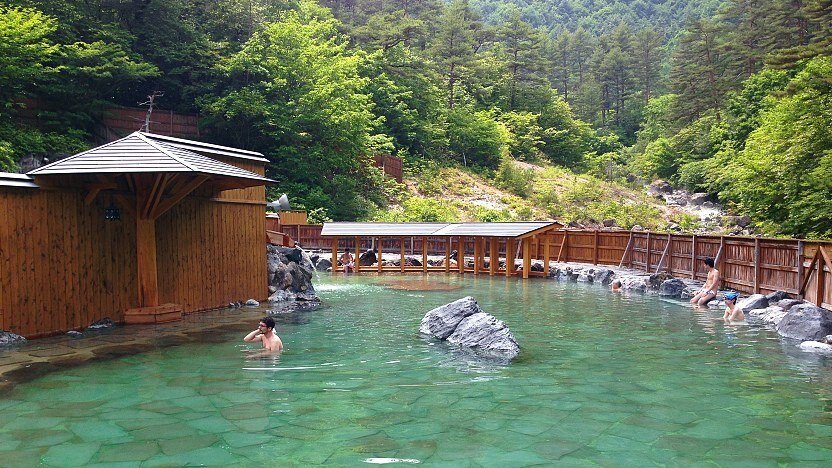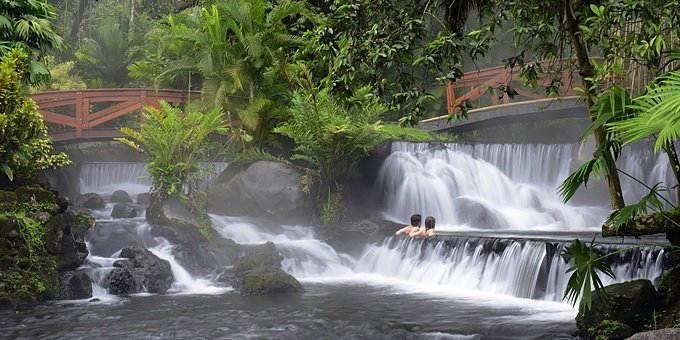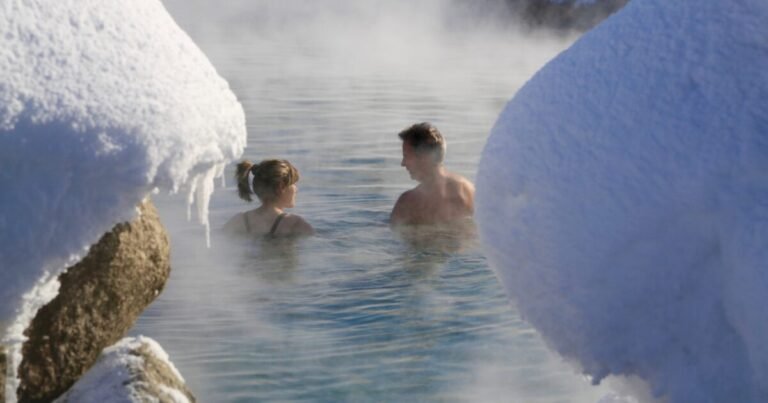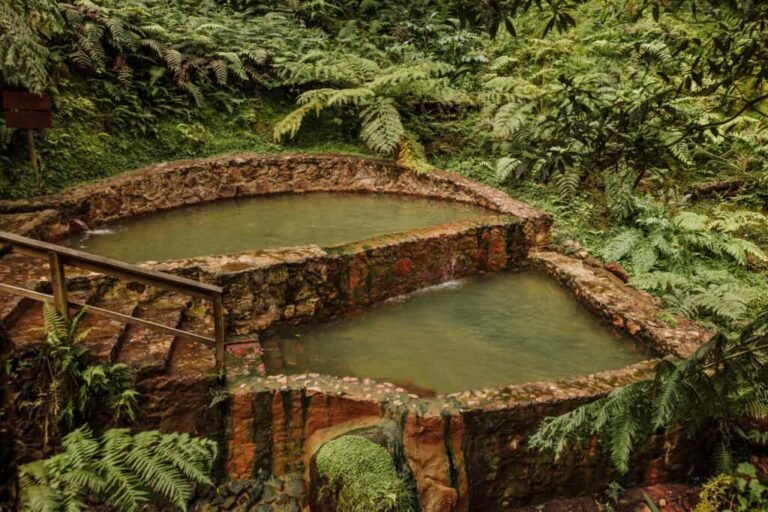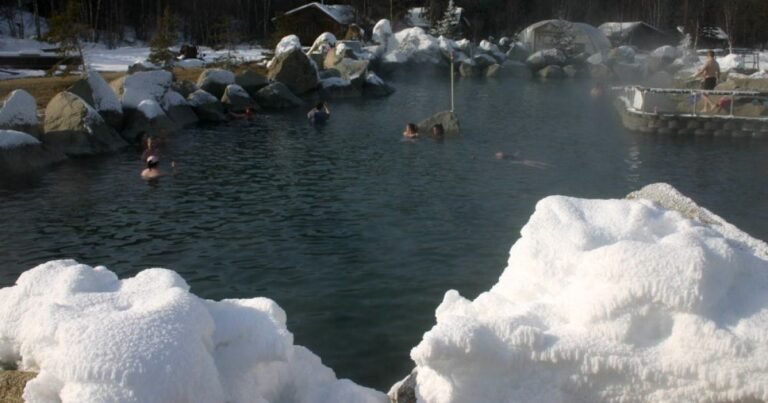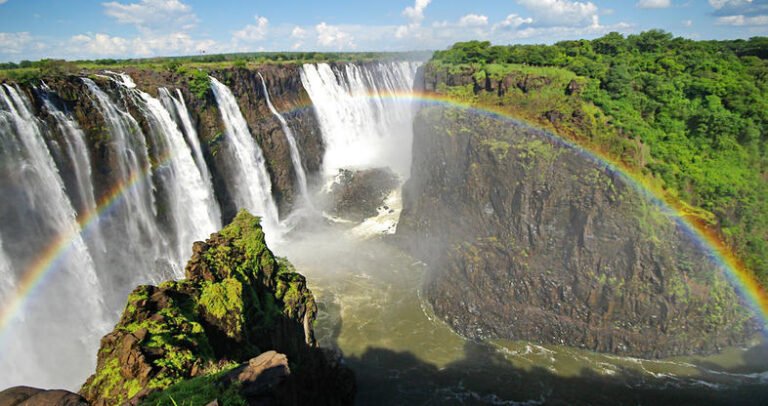Kusatsu Onsen, Japan
Introduction (300-350 words)
Imagine this: You’re submerged in a dreamy pool of naturally steaming hot water, enveloped by the tranquil sounds of a lush, uncompromising wilderness. The vision of serene beauty is punctuated by snow-capped peaks standing majestic against a striking blue sky. The warmth of the water sweeps away your fatigue, the mineral-rich content healing your body, while the enchanting landscape adds a sense of surrealism, calming your mind and soothing your soul. This isn’t the description of a fictional spa retreat from a glossy travel magazine. Welcome to Kusatsu Onsen, one of Japan’s most famous hot spring resorts!
This captivating destination is nestled in the scenic highlands of Gunma Prefecture, renowned globally for its idyllic setting, historic significance, and restorative waters. In the following post, we will unravel what makes Kusatsu a must-visit hideaway, transporting you through its fascinating past and explaining the benefits of its healing waters. Through this immersive travel experience, we aim to illuminate the joy of abandoning stress and embracing an enchanting, healthful retreat. Let’s get ready to immerse ourselves in the extraordinary tale of Kusatsu Onsen.
Overview of the Hot Springs (500-600 words)
Located approximately 200 kilometers north-west of Tokyo, Kusatsu Onsen is elevated 1200 meters above sea level, surrounded by the rugged and exquisite beauty of the Joshin’etsu Kogen National Park. The town is characterized by traditional inns known as ryokans, winding streets, charming souvenir shops, and steamy public bathhouses, giving it an antique charm rooted in Japan’s rich, historic past.
Kusatsu Onsen’s healing waters have been favored since the 8th century and have been recommended in documents as far back as the Edo period. Their fame spread in the early 19th century when a German doctor, Erwin von Baelz, praised the waters for their medicinal properties. Some hot springs are even associated with legends, such as the Shirahata spring, where it is believed that a white flag appeared from the heavens and healed the ailing prince Oama, who later became Emperor Tenmu.
This renowned spring owes its mineral-rich content to the active volcano, Mount Kusatsu-Shirane. It boasts the largest discharge of hot spring water in Japan, with a record of over 32,000 liters per minute. The water’s primary healing component is sulfur, but it also contains traces of calcium, sodium, and magnesium, contributing to the overall health benefits.
Features & Benefits (500-600 words)
Kusatsu Onsen has been revered for its therapeutic properties for centuries. Sulfur, a main component of the hot spring water, is known for alleviating skin problems, rheumatism, diabetes, and improving circulation. Furthermore, the magnesium found in the water assists with healthy brain function and muscle support. The healing properties have been recognized and documented by various studies over the years.
The scenic serenity of Kusatsu brings a priceless element to the physical healing. The landscape morphs with the seasons, ahead of the lush blooming sakura in spring and alongside the flaming fall foliage, creating a mesmerizing spectacle year round. The experience of soaking in a steaming onsen, feeling the gentle sprinkle of snowflakes, or being surrounded by vibrant fall foliage, makes for an unforgettable experience.
Visitors who have enjoyed the hot springs often emphasized the sense of renewal and reward they felt after the soak. The narratives of rejuvenation are recorded in numerous testimonials and personal anecdotes.
Kusatsu offers more than the baths. It boasts an array of wellness activities like yoga sessions, spa treatments, and hiking trails, along with traditional Japanese cultural experiences like tea ceremonies. The town also provides modern facilities like locker rooms, towel rentals, and local eateries.
Practical Information (600-700 words)
*Jump to Tips for Visiting (300-350 words)*
*Jump to Conclusion (200-250 words)*

